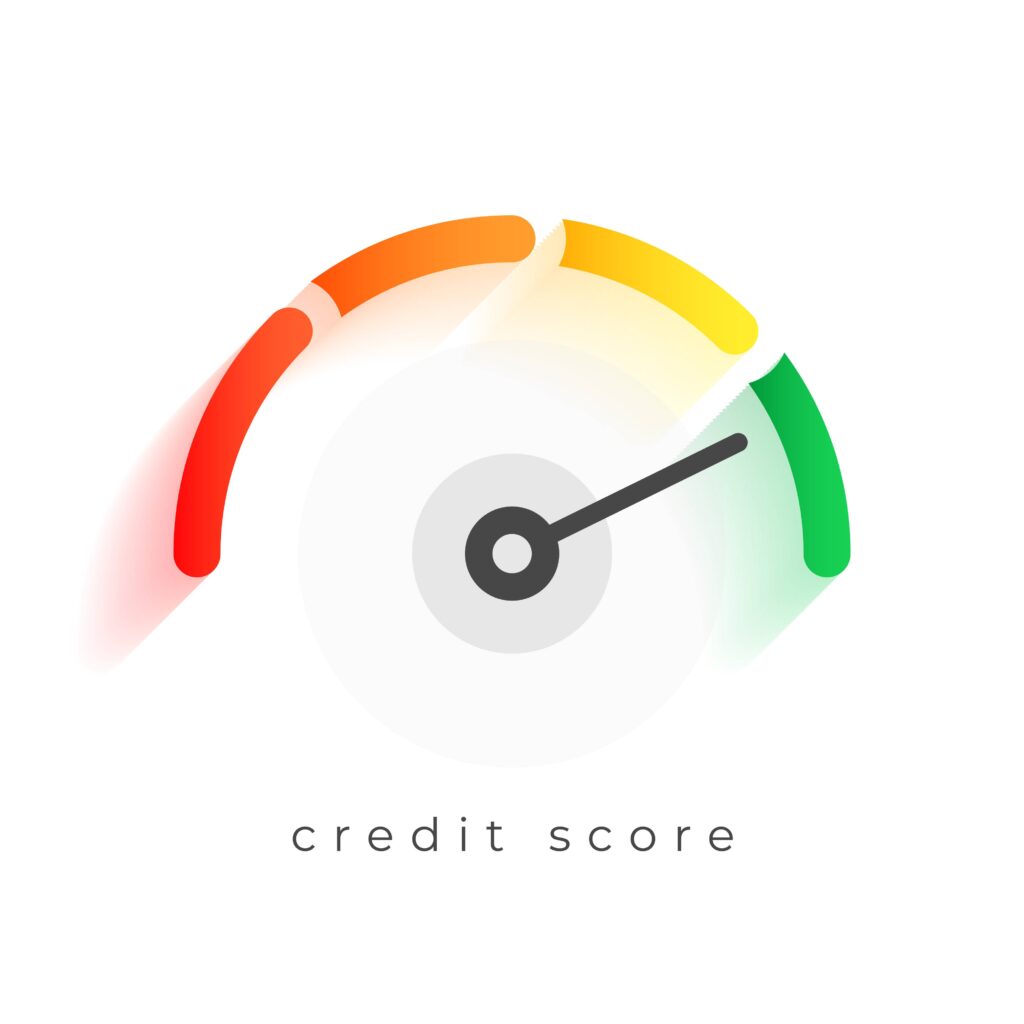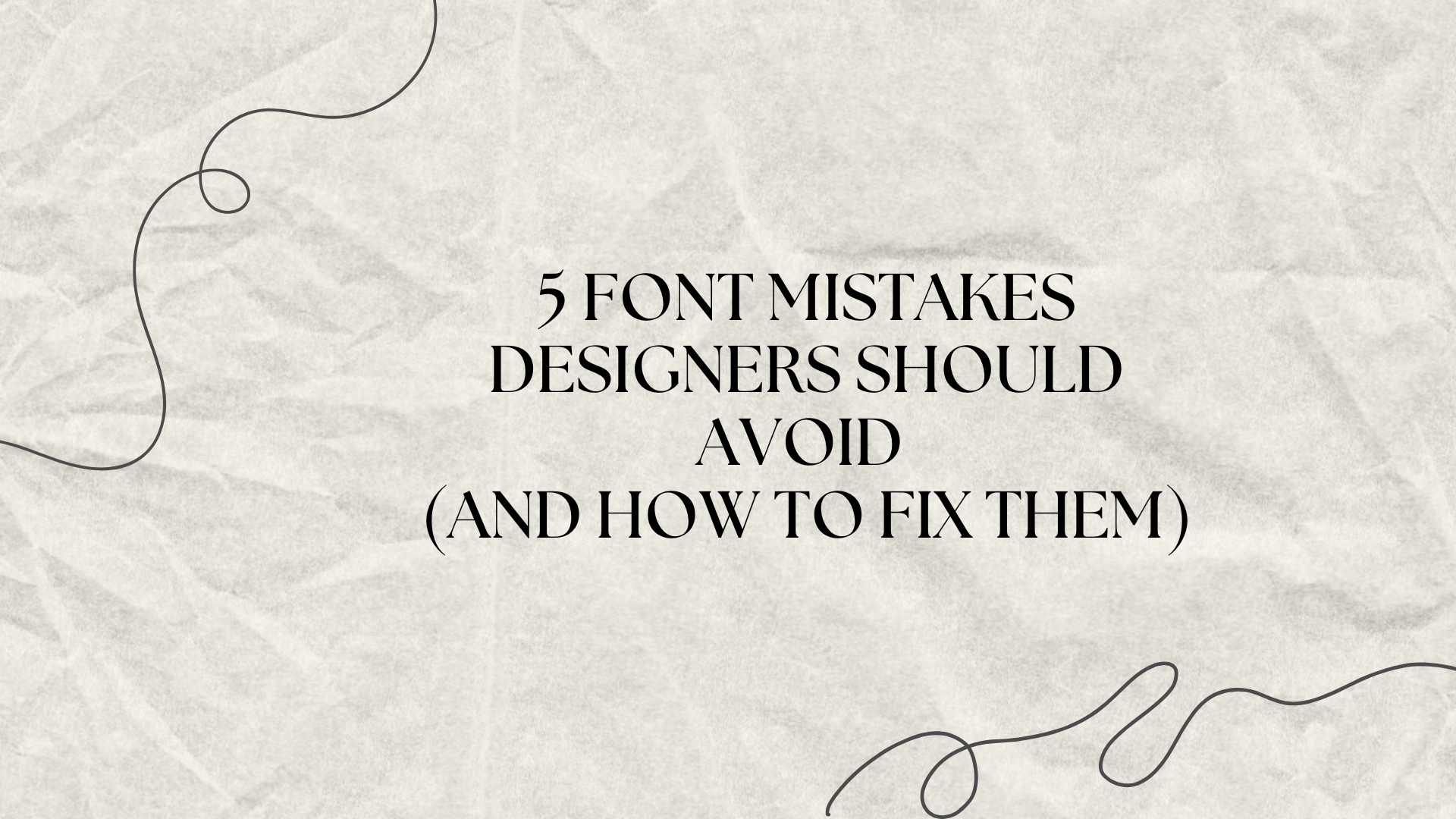Introduction:
In today’s digital landscape, typography plays a crucial role in creating engaging and user-friendly websites. The right font choice can significantly impact readability, user experience, and ultimately, the success of your web presence. This comprehensive guide explores essential considerations for selecting web-friendly fonts that enhance both user experience and search engine optimization.
Understanding Web Fonts: The Foundation of Digital Typography
Web fonts have evolved considerably since the early days of web design. Modern websites can leverage both system fonts and web fonts through services like Google Fonts, Adobe Fonts, and self-hosted options. Understanding these foundations helps make informed typography decisions that balance aesthetics with performance.
Key Considerations for Font Selection
Performance and Loading Speed
Website performance directly impacts user experience and SEO rankings. When selecting fonts, consider file sizes and loading times. System fonts require no additional loading time, while web fonts need to be downloaded by users’ browsers. Limiting font weights and variants can significantly improve page load speed. Generally, keeping web font files under 100KB helps maintain optimal performance.
Readability Across Devices
Modern websites must perform flawlessly across various devices and screen sizes. Select fonts that remain legible at different sizes, particularly on mobile devices where screen space is limited. Sans-serif fonts like Open Sans, Roboto, and Inter typically offer better readability on digital screens, especially for body text.
Font Pairing and Hierarchy
Creating visual hierarchy through thoughtful font pairing enhances both aesthetics and usability. Consider using a maximum of two to three font families per website – typically one for headings and another for body text. This approach maintains visual consistency while ensuring quick page rendering.

Technical Implementation Best Practices
Font Loading Strategies
Implement proper font loading strategies to optimize performance:
Use font-display: swap to ensure text remains visible during font loading
- Preload critical fonts to prioritize their downloading
- Consider using variable fonts for modern browsers to reduce file sizes
- Include appropriate fallback fonts in your font stack
Browser Compatibility
Ensure selected fonts render consistently across different browsers and operating systems. Test your font choices across major browsers and devices to verify compatibility. Include web-safe fallback fonts in your CSS font stack to maintain readability if primary fonts fail to load.
Accessibility Considerations
Color Contrast and Legibility
Typography plays a crucial role in web accessibility. Maintain sufficient contrast ratios between text and background colors. The Web Content Accessibility Guidelines (WCAG) recommend a minimum contrast ratio of 4.5:1 for normal text and 3:1 for large text.
Font Size and Line Height
Implement appropriate font sizes and line heights to enhance readability:
- Body text should typically be 16px or larger
- Maintain line heights between 1.5 and 2 times the font size
- Ensure adequate letter spacing, particularly for condensed fonts
SEO Impact of Font Choices
Loading Speed and Core Web Vitals
Font selection directly impacts Core Web Vitals metrics, particularly Largest Contentful Paint (LCP) and First Contentful Paint (FCP). Optimize font loading to improve these metrics, as they are crucial ranking factors for search engines.
Content Readability
Search engines prioritize user experience, including content readability. Well-chosen fonts that enhance readability can positively impact time on page and bounce rates, indirectly benefiting SEO performance.

Conclusion:
Selecting web-friendly fonts requires balancing aesthetics, performance, and accessibility. By considering technical implications alongside design preferences, you can create a typography system that enhances user experience while supporting SEO objectives. Remember to regularly test and optimize your font choices as web technologies and user preferences evolve.









